
Wedding Photography Angles And Techniques
1. Get To The Eye Level Of The Subject
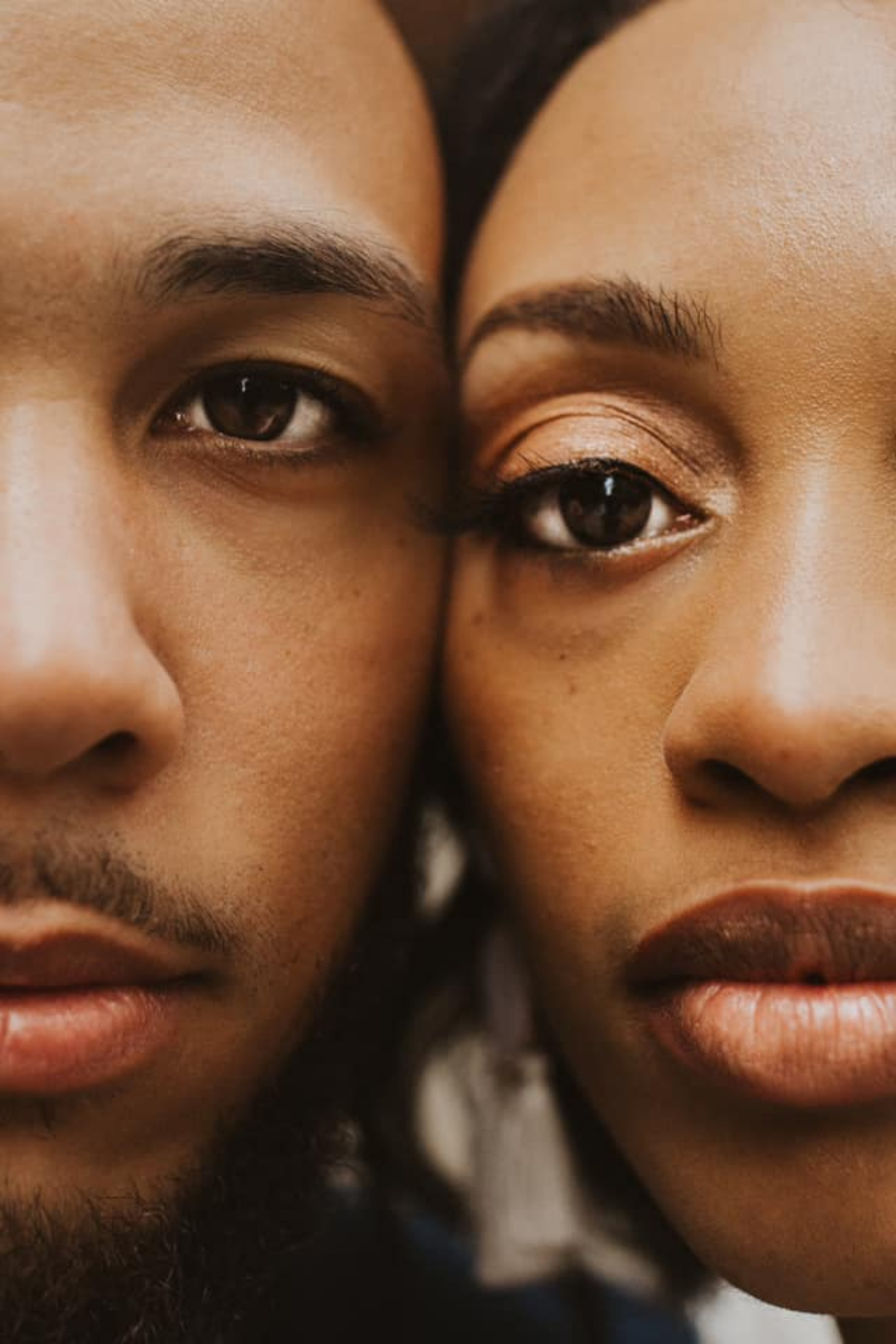
Even though a scene could look beautifully framed from several angles, sometimes, to tell the story from the perspective of the subject, you could try shooting from the subject’s eye level. Instead of looking up at your subject or looking down at a setting, here your camera is pointed at the subject’s eye level. This photography angle and technique help you establish the scene and the subject just as they are – neither larger than life nor smaller. Even though this photography technique is used quite often, its true magic unfolds when you are capturing subjects that are usually not photographed at eye level. For instance, when capturing pets or kids, getting down at their eye level helps you frame the scene from their point of view, which can instantly connect the audience with the subject.
Suggested Read: Unique Wedding Photos That Inspire: Featuring ShootDotEdit Customers
2. Low-Angle View
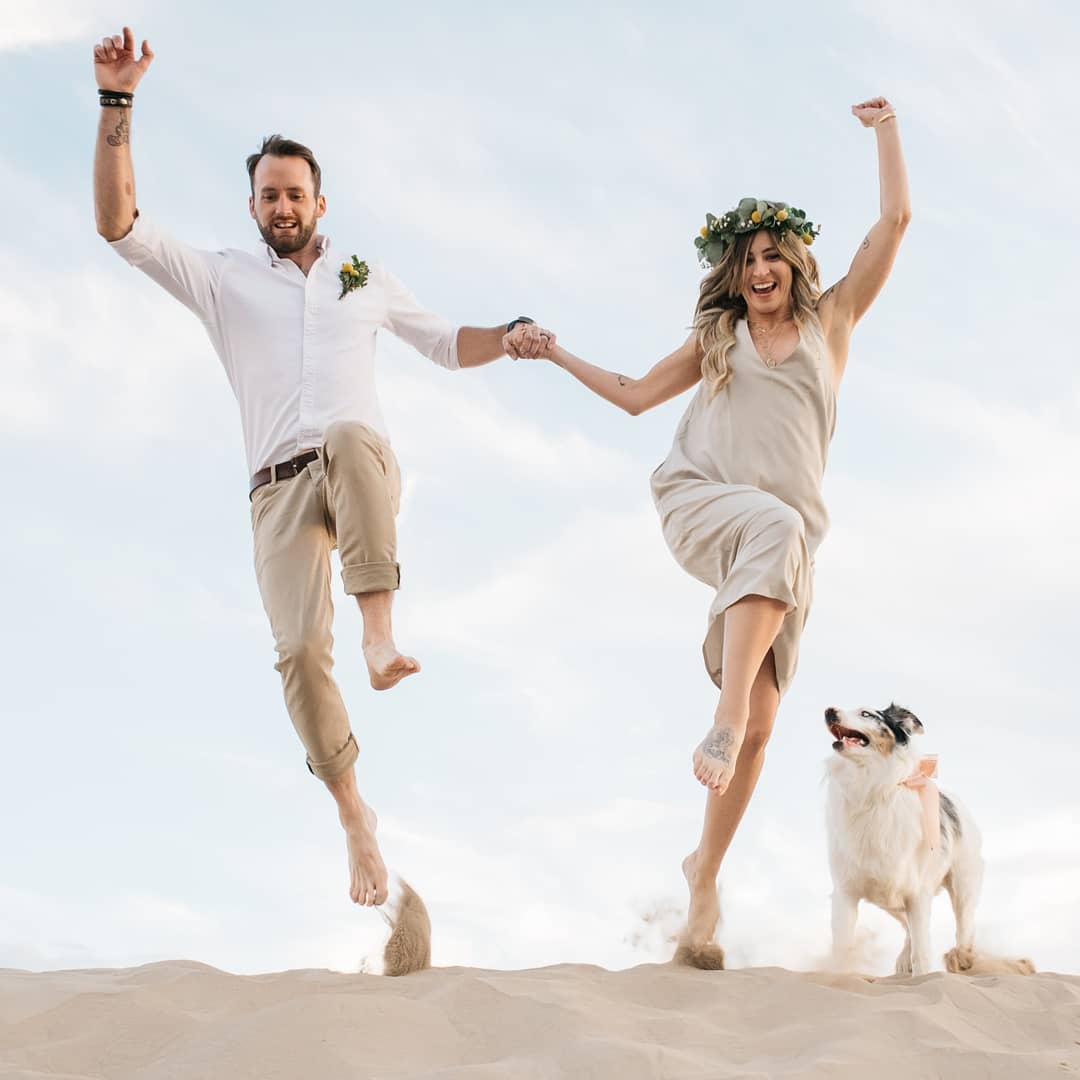
Another photography angle that you can explore is the low angle. To get this right, you’ll have to photograph your subject or scene from a low angle while pointing your camera in an upward direction. How low you want to place your camera is entirely your choice. Anything captured from below the eye level of the subject makes for a low-angle view. This type of angle is often used to make your subject appear grand and gives a larger-than-life feel to the scene. This photography technique can be helpful when you want the subject to appear powerful and formidable. It also works well when you are taking detail photos or trying to capture the essence of the ambiance.
3. Look For Reflections
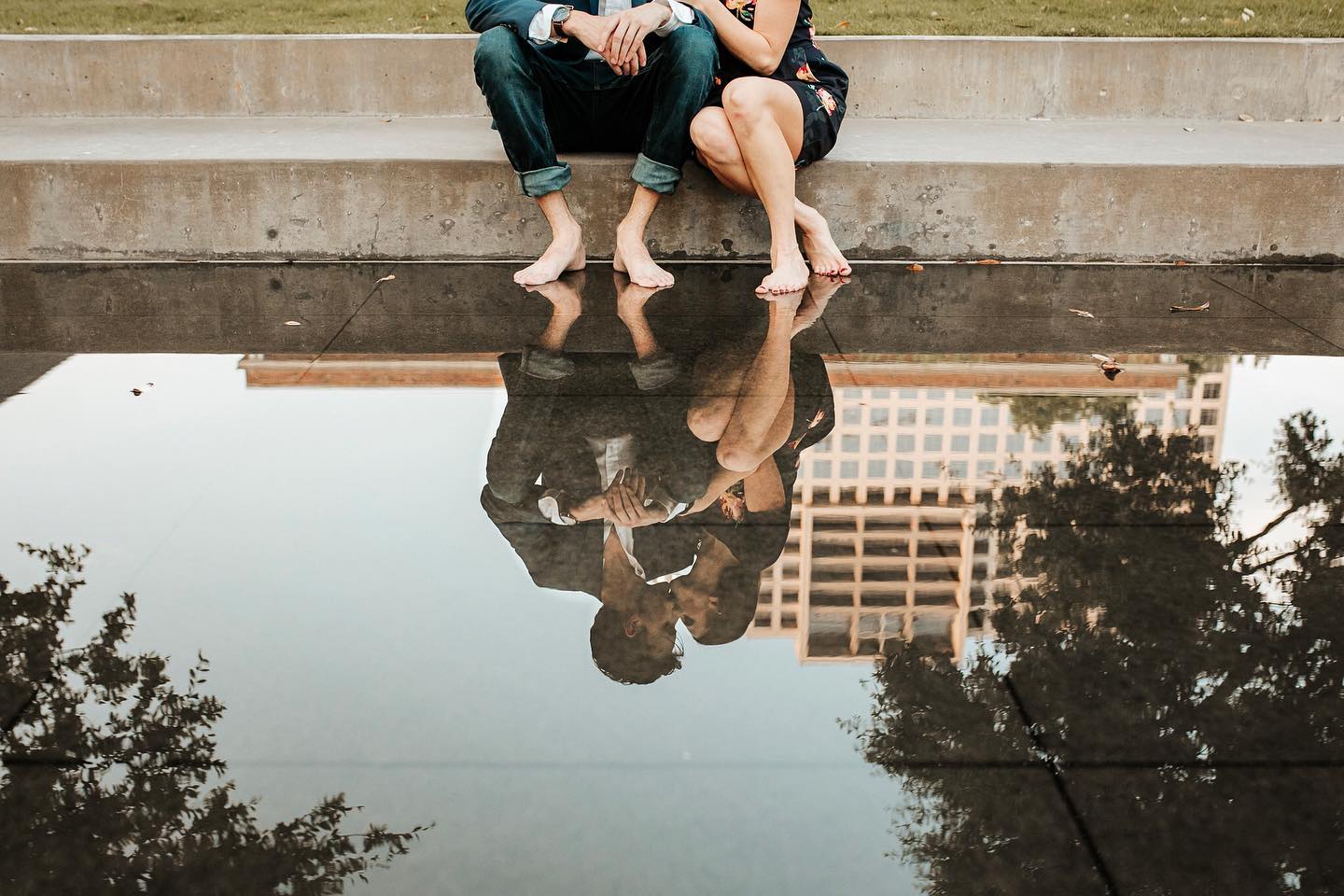
Reflections can add an interesting spin to your photograph when framed well. Our two cents, look beyond mirrors! Even though mirrors can frame a beautiful scene, some of the most spectacular of reflection images are not always rooted in them. Why not try a glass table, a windowpane, or even a puddle of water at the corner of the street? However, instead of creating a complex setting just for the sake of it, look for frames or composition techniques that help you tell your story better or add perspective to the scene.
4. Bird’s-Eye View
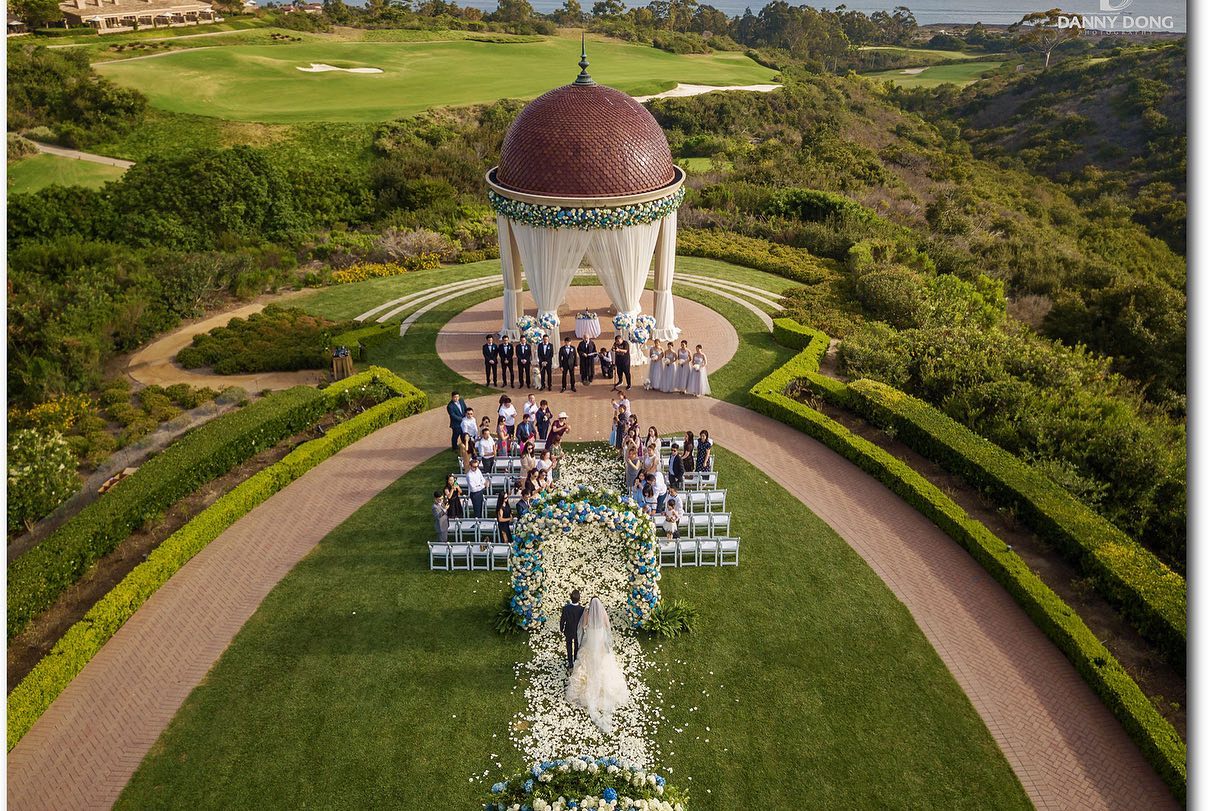
Just as the name suggests, a bird’s-eye view gives you an aerial view of a setting. Another commonly used photography angle, this perspective is often used to provide the audience with an overview of the entire setting. This angle works well for moments when a lot is going on – with every detail holding a unique essence – and you want to capture it all in a single frame. In wedding photography, it makes for a good angle during engagement sessions, adventure engagement, elopement sessions, and even during the wedding ceremony and the couples portraits.
5. High-Angle View
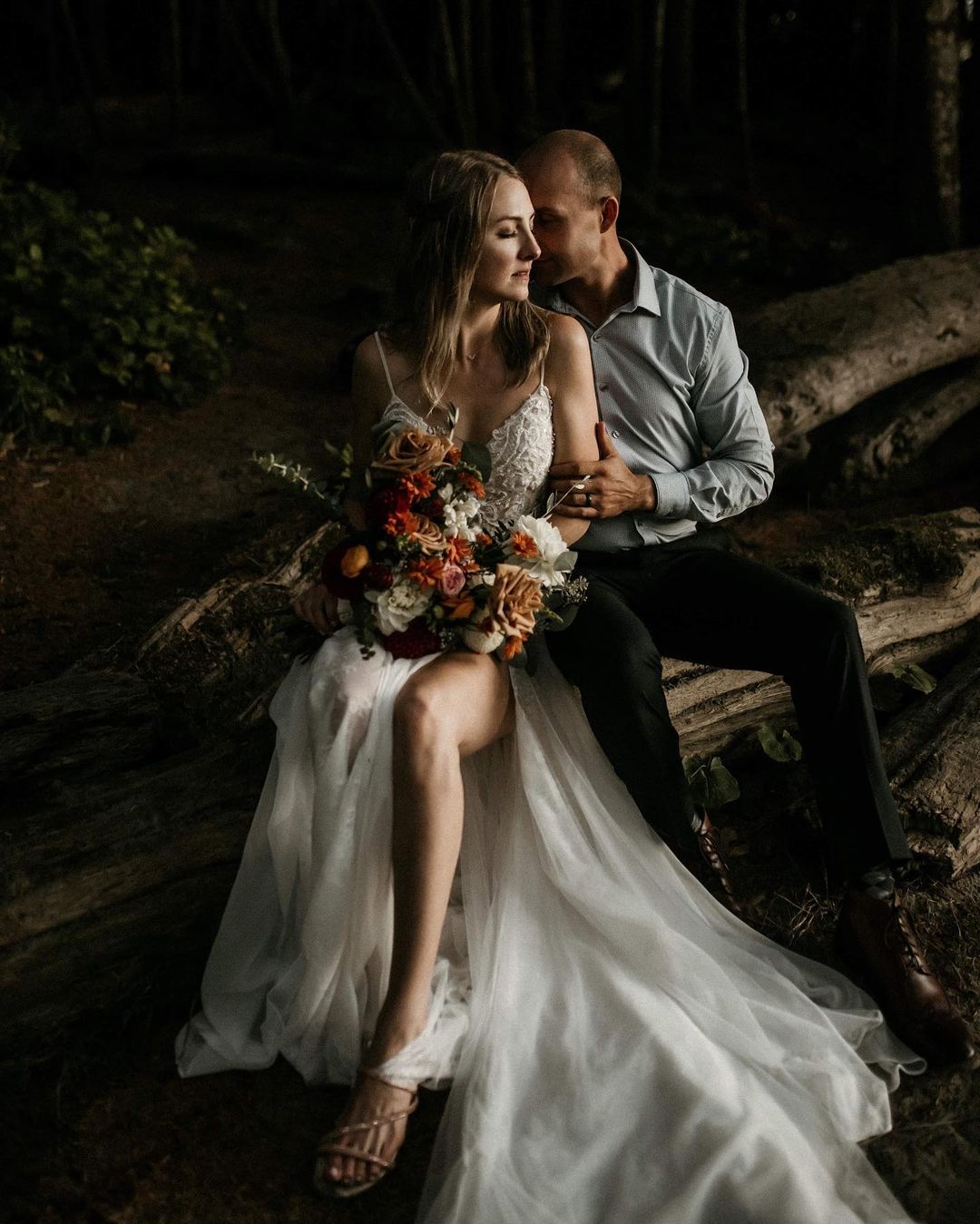
When capturing anything from a high angle, the camera is still placed above the subject’s viewpoint. However, unlike in the bird’s-eye view, the camera is just placed at a slightly higher angle than the subject’s viewpoint instead of being directly above it. This particular photography angle and technique is often used to make the subject appear relatively smaller. It is often used with the combination of the first-person viewpoint, especially when photographing kids or pets from the point of view of elders. It can help the audience feel that they are part of the narrative. In addition to that, this angle can also be used to establish a sense of height or bring focus to the subject’s vulnerability.
6. Unique Framing
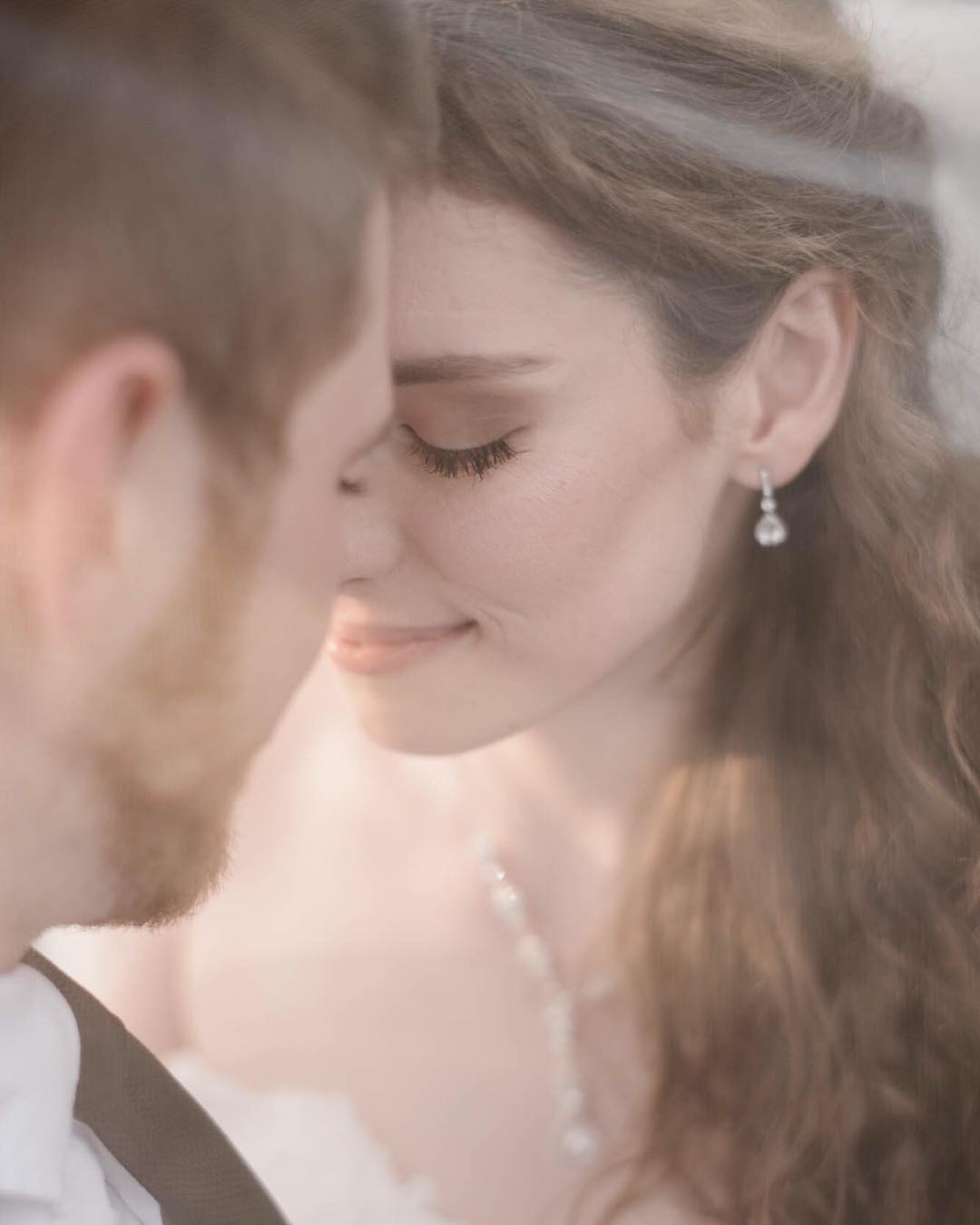
How you frame your subject can either draw the viewer’s attention to them or make them blend in the background. This makes framing all the more important. Sometimes, when you look through your camera’s viewfinder, you instantly stumble upon something that works as an interesting frame. More often than not, you might just have to be observant and be on the lookout for a good frame. A good frame could be anything; it doesn’t always have to surround the subject. You could shoot through the supporting object or into it to create a frame. A great example of that would be shooting through the veil.
Suggested Read: How To Take Wedding Photos
7. Through The Window
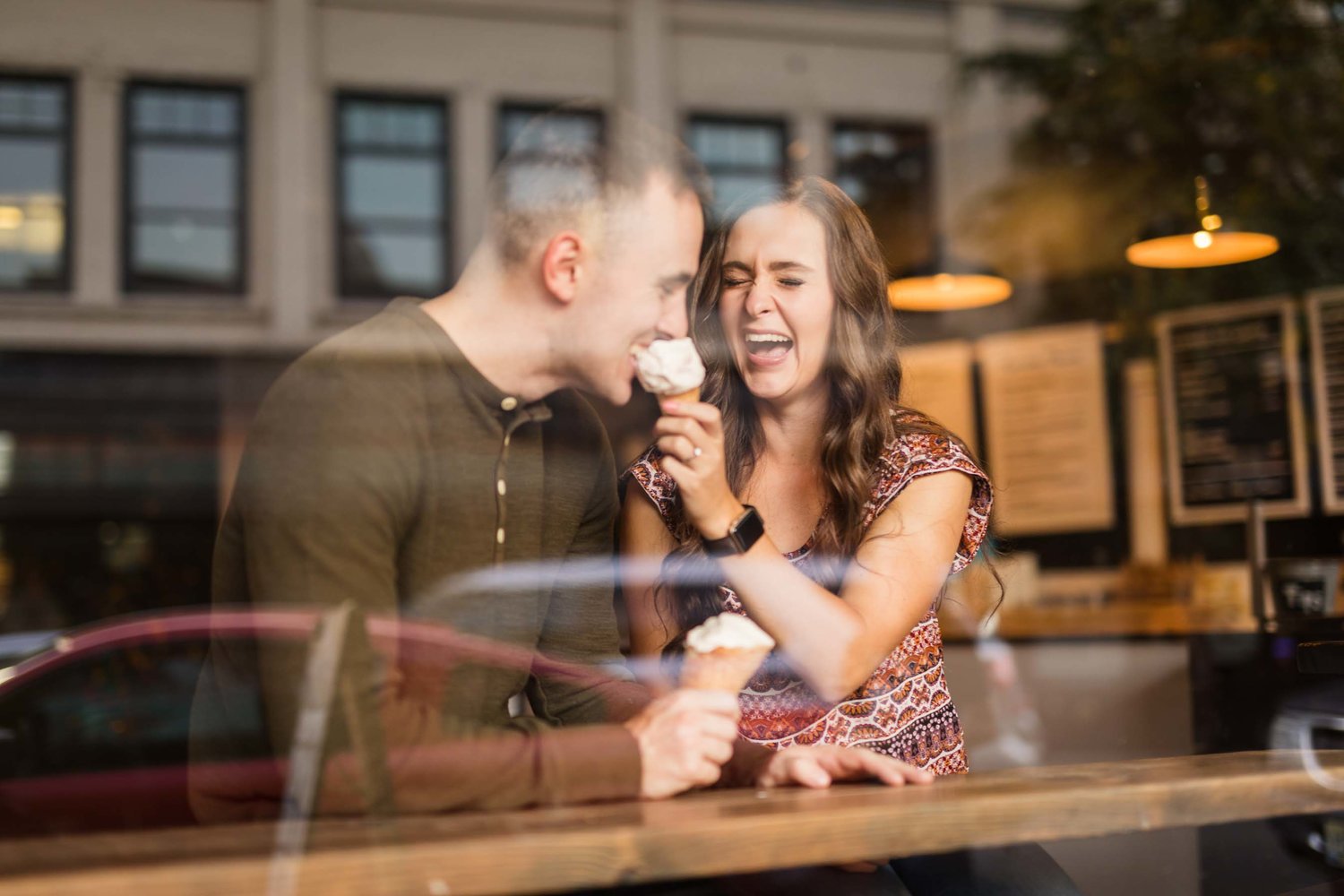
Although more of a technique than a typical angle, this setting has been used by a lot of photographers of late. Since there is no set rule, you can try different ways to make this technique work for you. Maybe, you could use the window as a frame and photograph the subject from the inside to get a lovely silhouette. Alternatively, try getting the image from outside the window if the lighting and the logistics permit. This opens up endless possibilities of capturing the surrounding elements into a frame and creating a stellar photograph that tells a story.
8. Over-The-Shoulder Angle
The name literally gives away what this angle stands for. An over-the-shoulder angle is created when you frame your photographs over another subject’s shoulder. This makes the viewer see the subject from the other person’s viewpoint. It can also be used to portray a connection between two subjects or to introduce a sense of elevation in the scene (if the subject is looking over a landscape). In wedding photography, this type of angle can work well with first looks, getting-ready photos, bridal portraits, and also during the wedding ceremony.
Suggested Read: Wedding Photo Ideas: Inspiration From ShootDotEdit Customers
Compose A Scene That Tells A Story
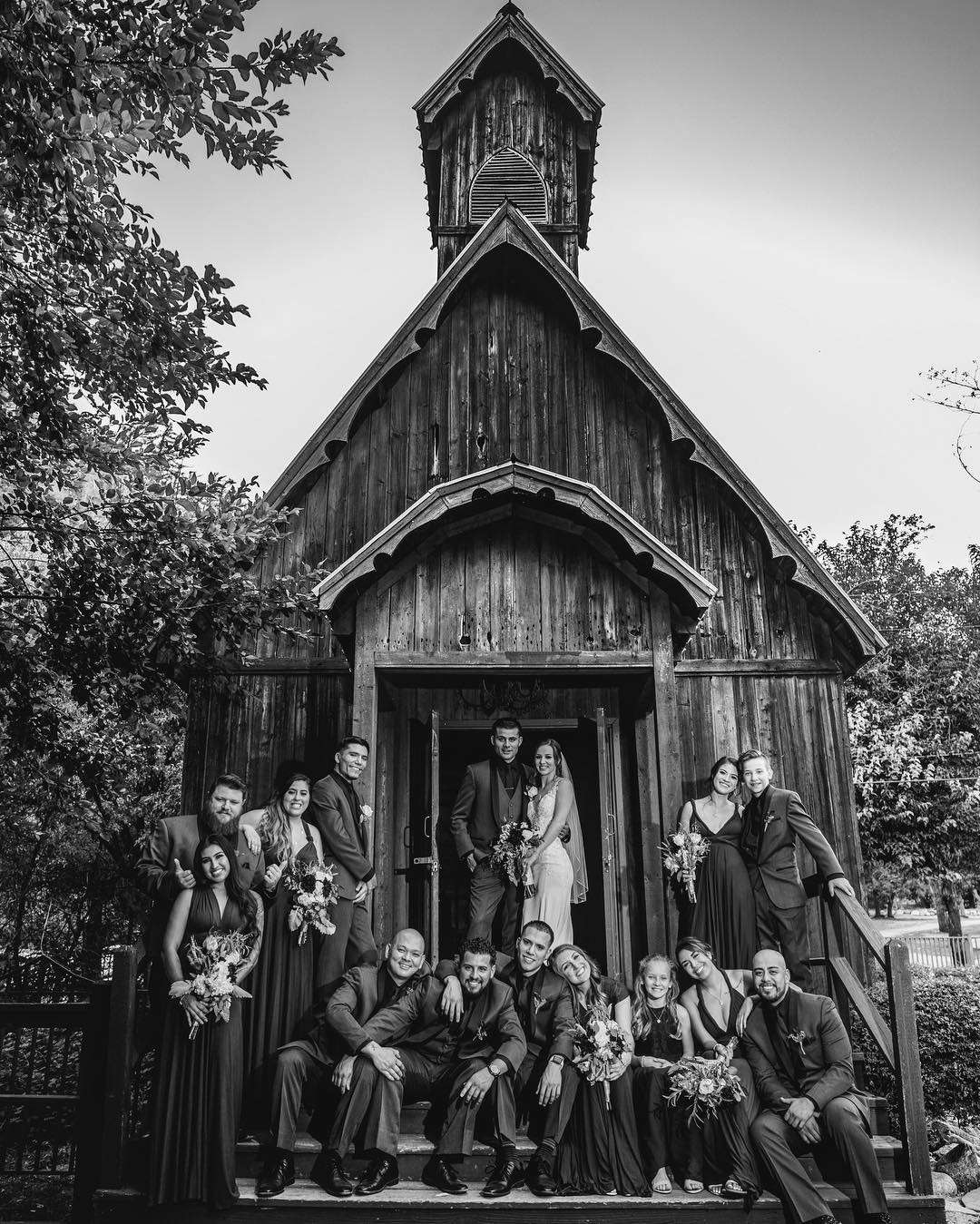
Sometimes an unusual photography angle and technique works brilliantly, while at other times, even a relatively simpler angle is enough to create magic through your lens. The takeaway is that you don’t have to always go looking for complex angles to capture stunning images; instead, look for angles, frames, techniques, and shots that contribute to your storyline. Compose your frame in a way that has answers to questions such as what is happening in the scene, where is the subject, what’s the occasion, and what’s the subject doing. If your composition brings the focus to answering any of these questions, then you are going in the right direction. So keep perfecting your angles and let your images tell a thousand stories.
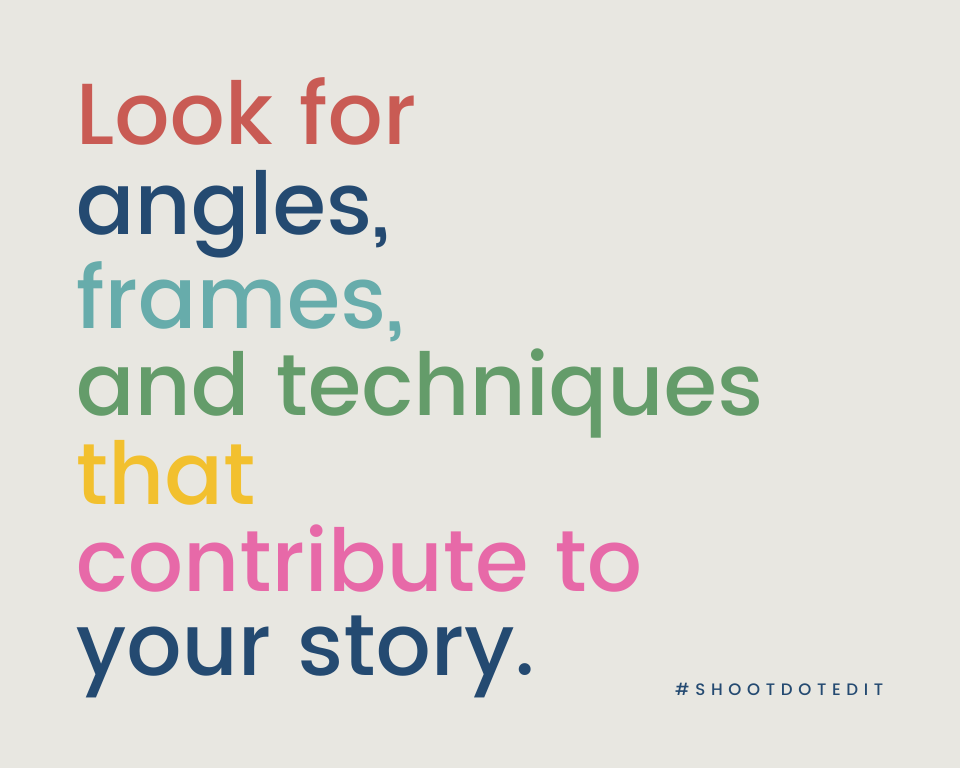
Further Read: Storytelling In Wedding Photography: 5 Ways To Get It Right
Here at ShootDotEdit, we love sharing resourceful content that could help you grow as a professional wedding photographer. Through our professional photo editing services, we also strive to lessen your post-production workload so that you can get more time to work on your craft. To learn more about how we can help, take a look at our pricing plans.


Leave a comment